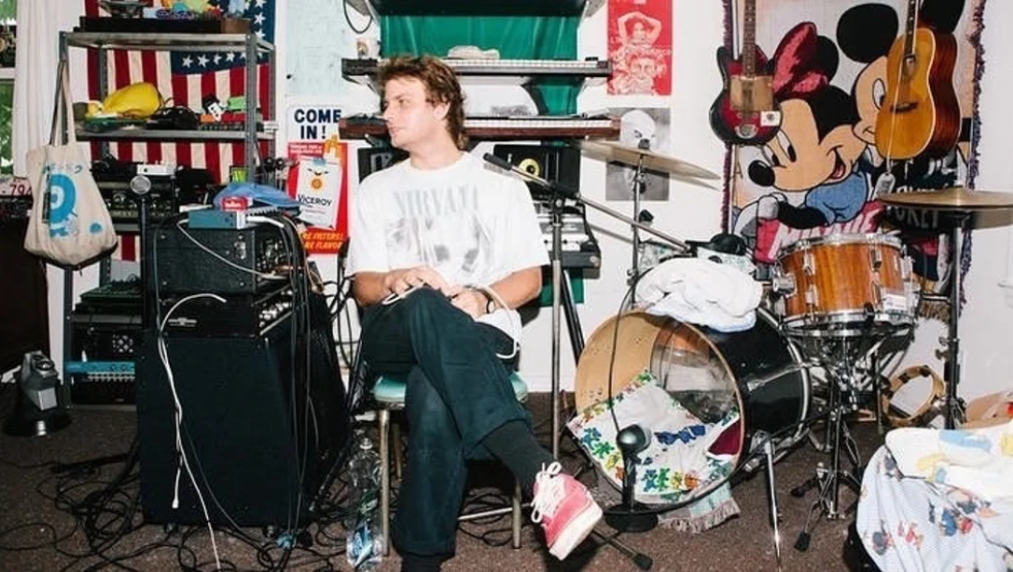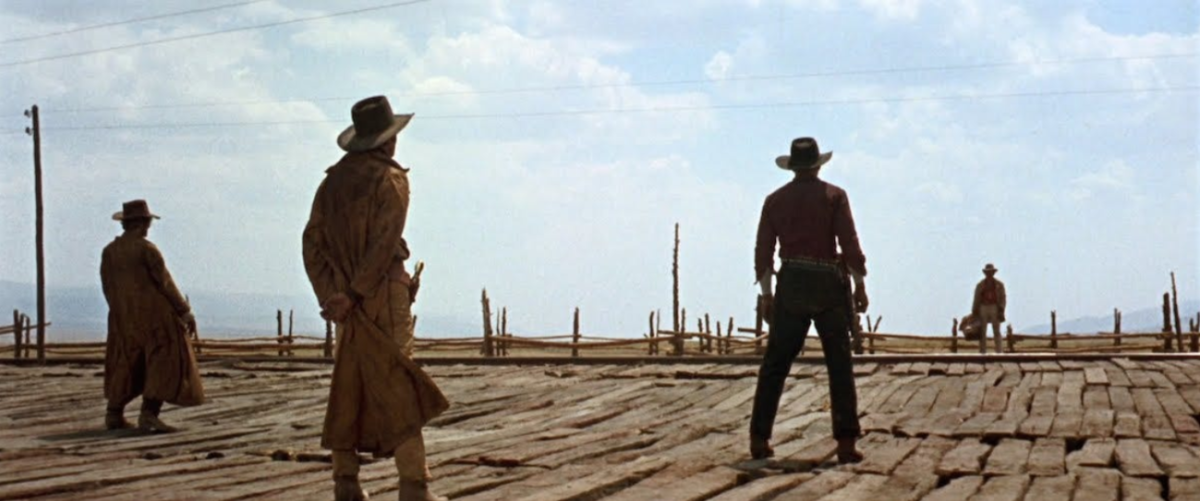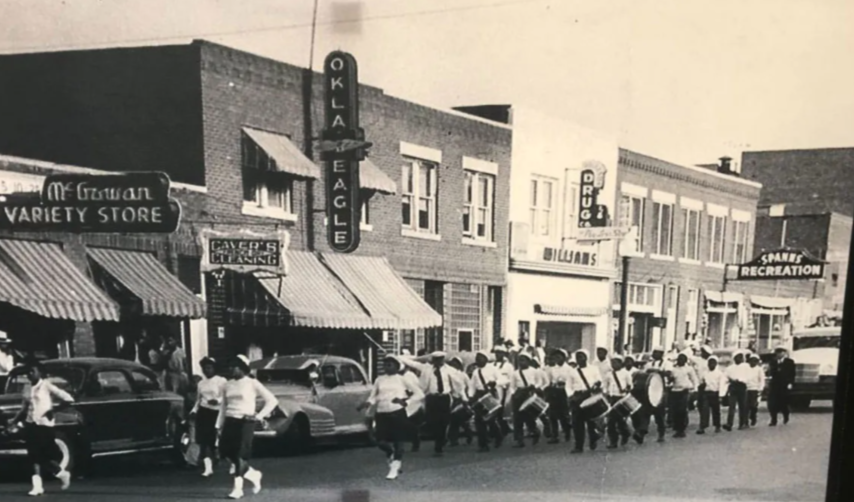I was talking to my dad about music, a topic we discuss almost daily, and what music he associated with periods of his life. My dad, a child of the 70s and 80s, told me about the first time he heard Grand Funk Railroad, Public Enemy, and music in his childhood and teenage years. This led him to show me a list— the Billboard Top 100, a list of the most popular songs or records compiled every week on Billboard magazine since August 4, 1958. I had heard of Billboard’s famous list, but I had never dug into what it was and what it said about patterns and movements within music culture.
After going to the main page of the website I was met with this week’s Hot 100, featuring Shaboozey, Sabrina Carpenter, Billie Eilish, and Kendrick Lamar among a host of other pop and RnB stars. However, I noticed a deep, startling gap in the list: bands. The first band or group to appear was at 21st place; Linkin Park with their new single The Emptiness Machine. There were only 3 bands appearing on the whole list, with the vast majority of it composed of rap, R&B, or pop artists. However, going back 40 years to September 29th, 1984 the number one song was Let’s Go Crazy by Prince and The Revolution. Scrolling down the list, a composite of solo artists, duos, bands, and groups had a place in stark contrast to the near-ubiquitous presence of solo artists and duos today. Genres too were diverse, though rock, soul, and hip hop formed much of it. I counted 35 bands on the Top 100 from that week, over a third of the chart.
This begs the question; where did all the bands go? To answer this, the history of the rise of bands must be analyzed. With its origins in African American Blues, the advent of rock and roll into the mainstream in the 1950s and spread across the Atlantic in the 1960s. Bands and musical experimentation then exploded. The idea of a consistent band with set members became the norm with The Beatles and The Rolling Stones who not only popularized rock and roll but the concept of fixed bands, with the same recurring members. The term “band” itself was virtually synonymous with rock and roll with the number of bands mirroring the genre’s success at that time. Over the next 40-50 years, bands went through a variety of changes through events like counterculture, the grunge movement, and the pattern of corporatization of music and resistance to it. For much of modern music history, to be able to get funding, record, produce, and release music was an opportunity that few people or groups had access to. Being in or at least starting in a band was the safer option than going solo until you garner your own community. This pattern can be observed in individuals like Neil Young with Crosby, Stills, Nash & Young, Michael Jackson with the Jackson 5, and contemporarily Harry Styles with One Direction.
The table was flipped however when the Internet Revolution came about and the invention of new music software came about. I can create a 100-piece orchestra symphony and listen to it on Garageband or similar programs. This centralization of music made it easier for the solo bedroom musician to create but led to isolation and less desire to create with others. Some of the most prevailing musicians today like Tame Impala are textbook examples of this effect. Social media exacerbated this consequence, as the goal of self-expression on platforms such as Instagram and TikTok often meant that an artist’s independent vision was released without the input of others. The “Soundcloud Rapper”, “bedroom pop”, and “Mac DeMarco route” were born out of this technological and social transformation. Bands in general are not dead, but often do not garner as much success as they did in decades prior and typically are in imitation of pre-existing bands. For example—King Gizzard and the Lizard Wizard have had marginal success due to their unique sound while Greta Van Fleet has achieved more mainstream success due to their flagrant imitation of Led Zeppelin.
Overall, the decline of bands has been due to a multitude of factors, including the decline of rock and roll itself, transformations in technology, and most importantly, the Internet Revolution and its effects on creating and releasing music. Some may argue that the decline of bands is tragic and that things were better at the height of rock and roll, but I believe that this is part of a natural progression in music. The ability of an artist or group to be uncompromising in manifesting their artistic visions is often what makes music unique, creative, and, for the artist, enjoyable. In the end, music is meant to be an expression of the artist, whether in a four-man rock band or not.














